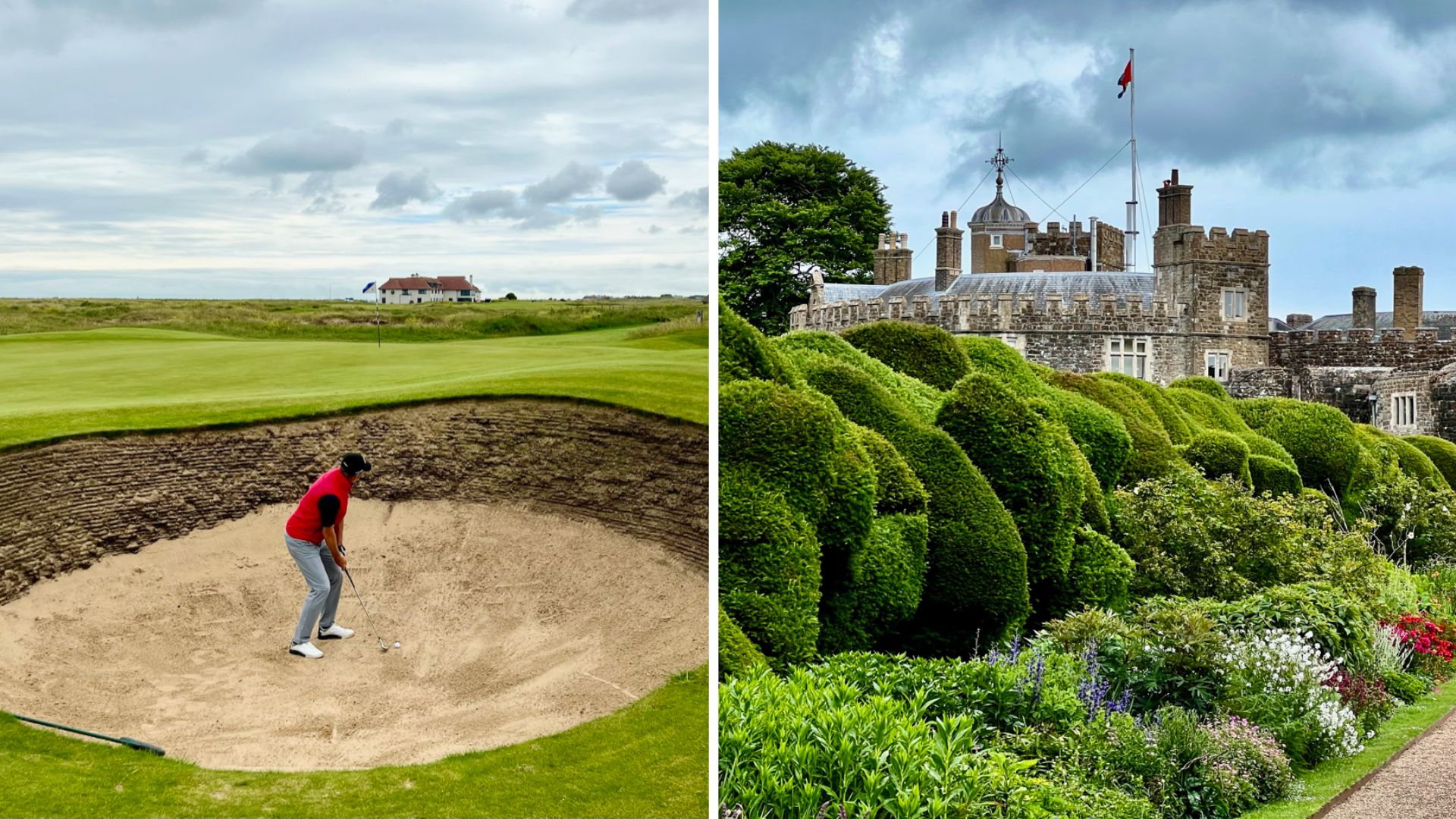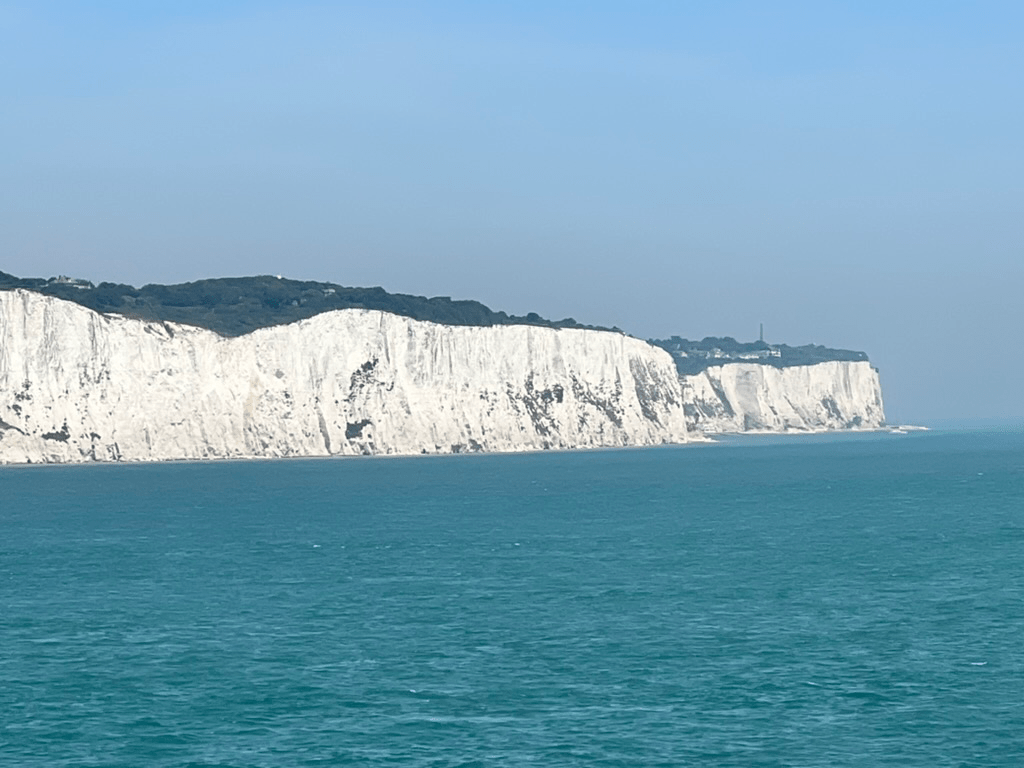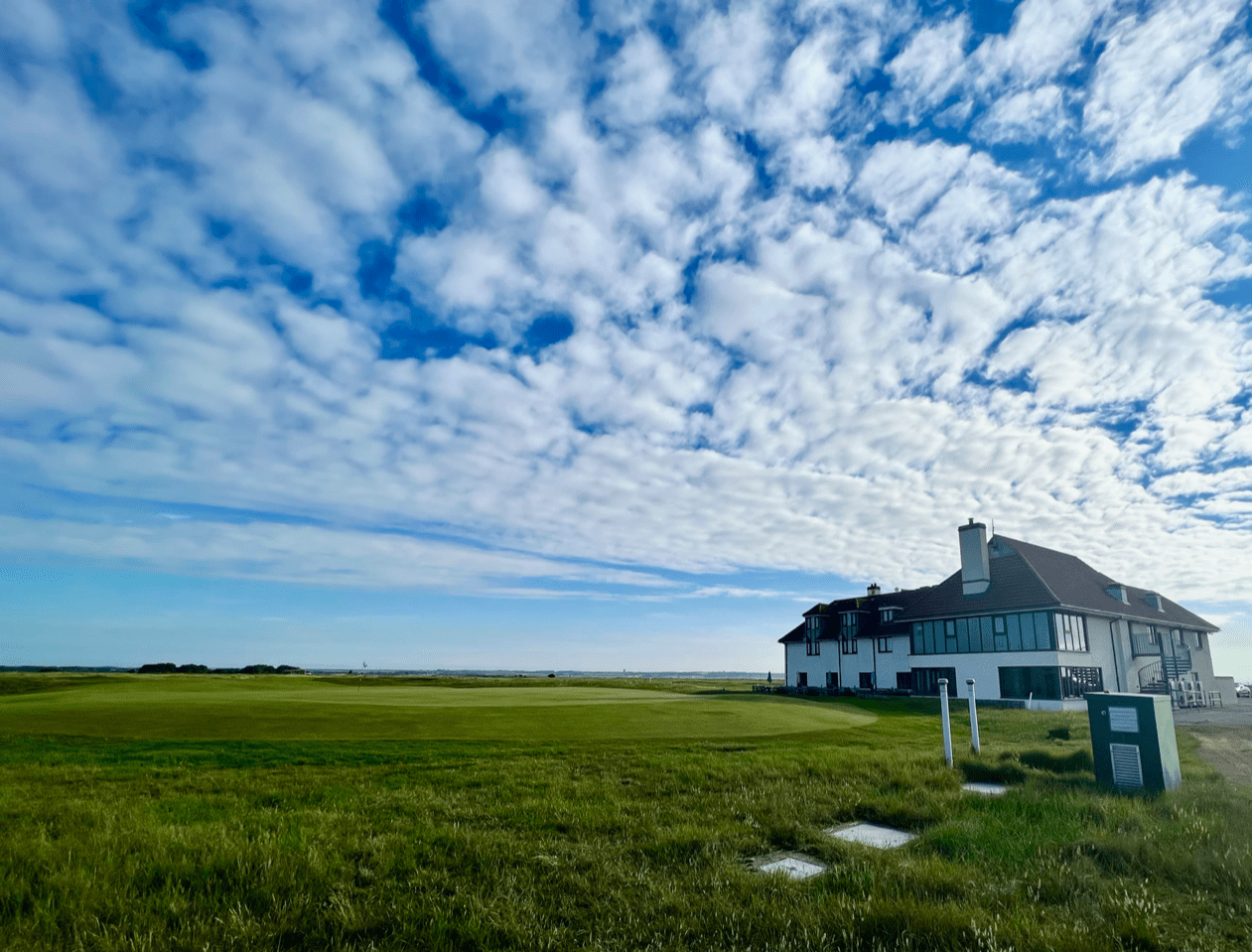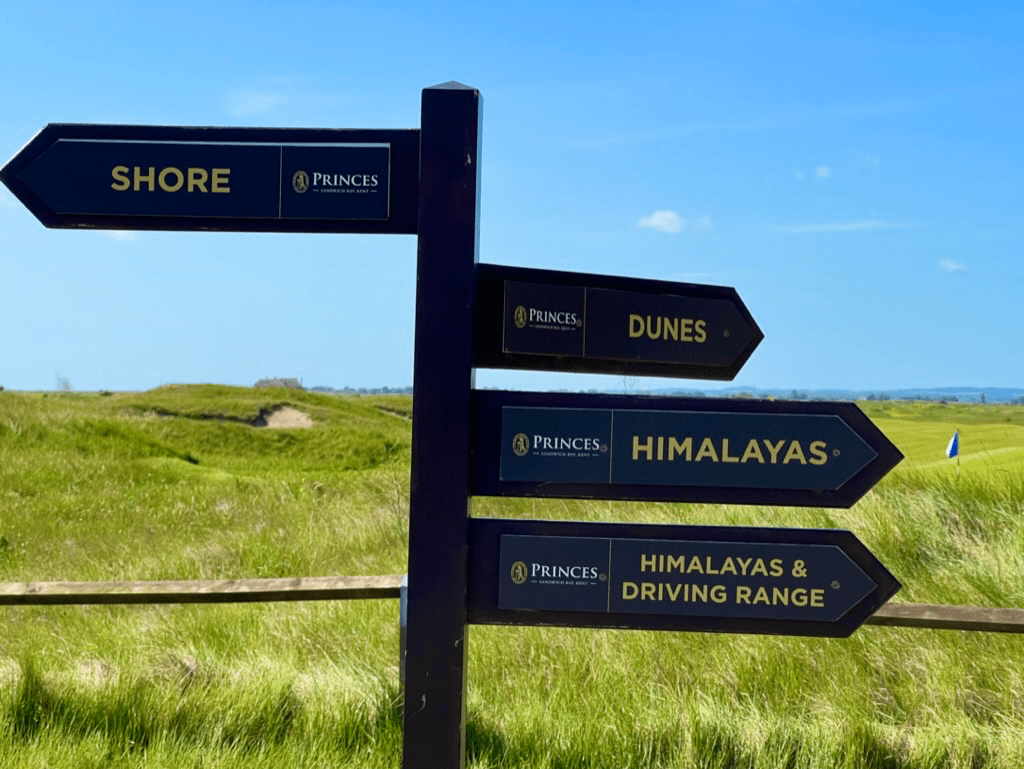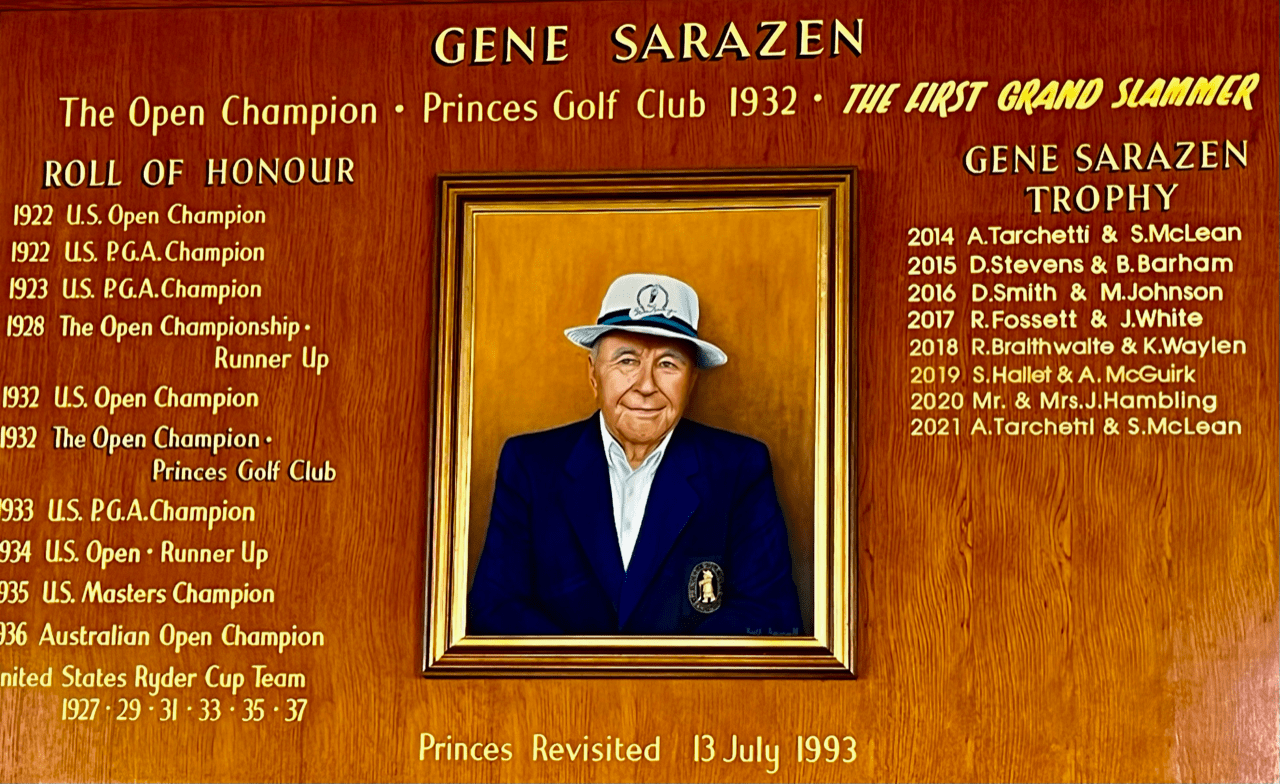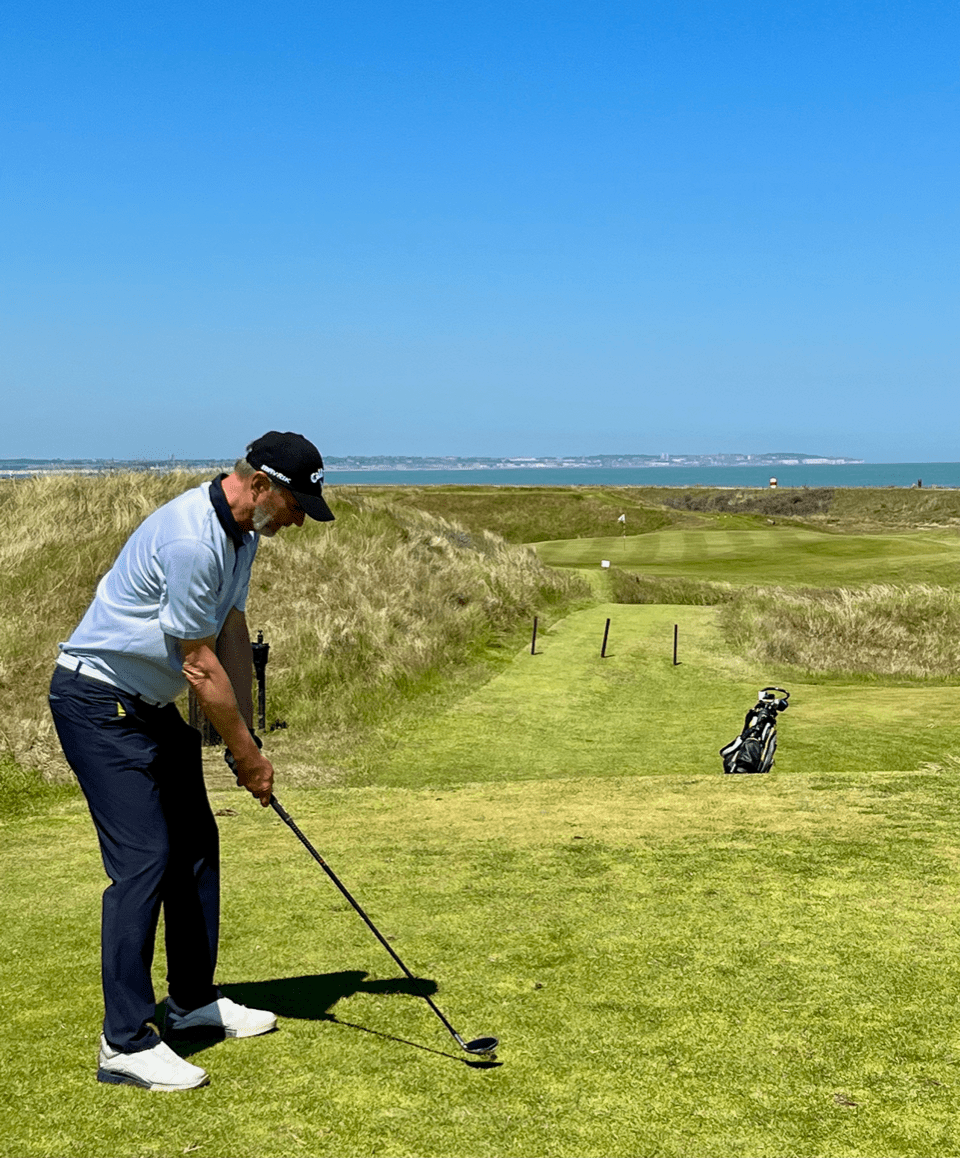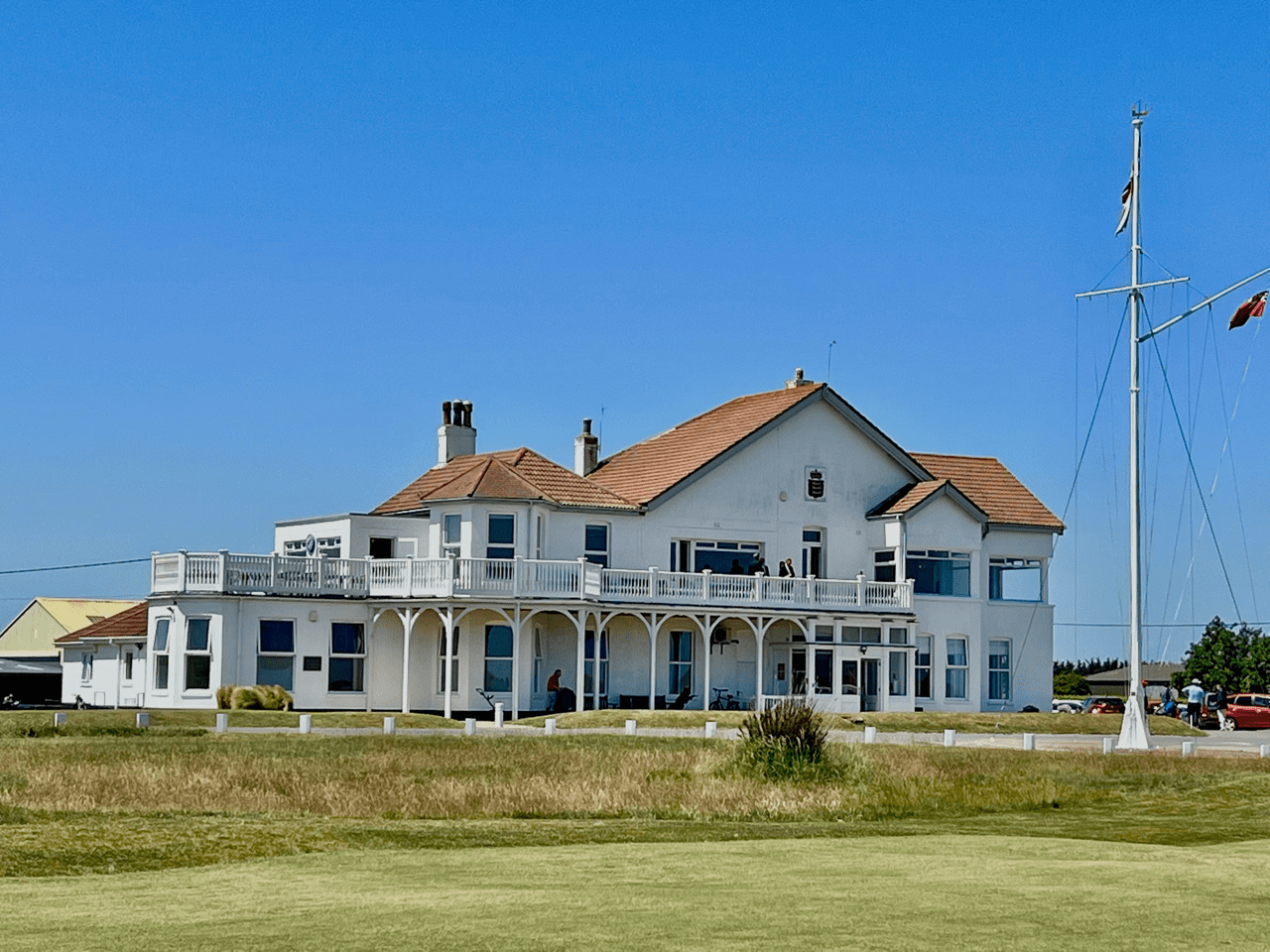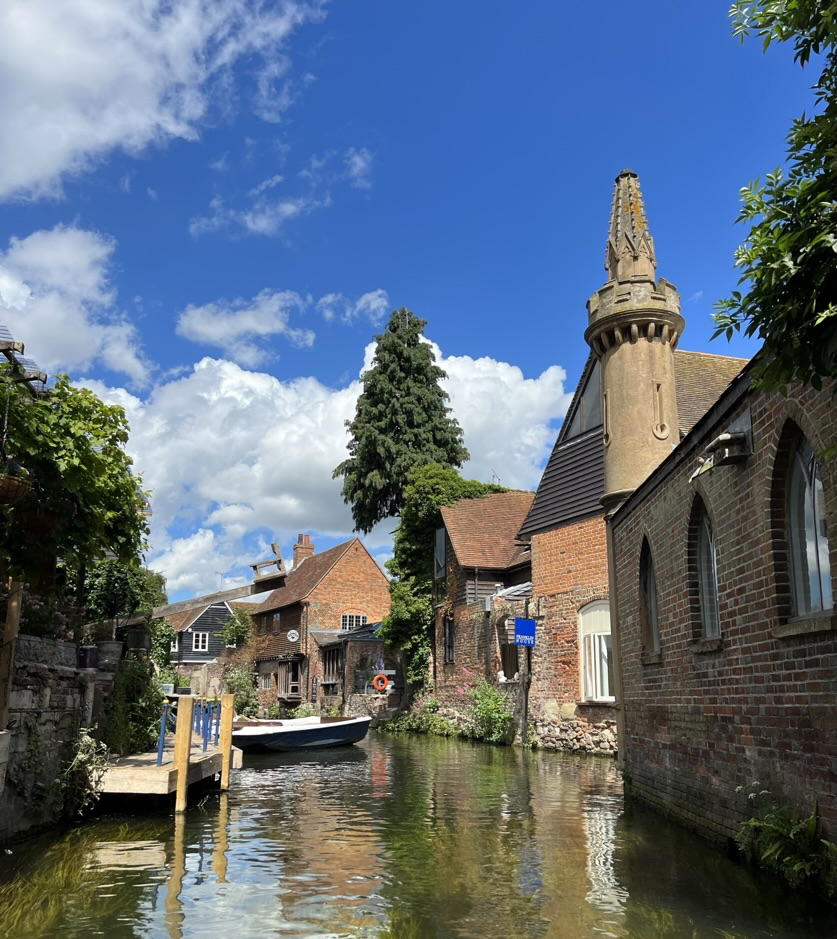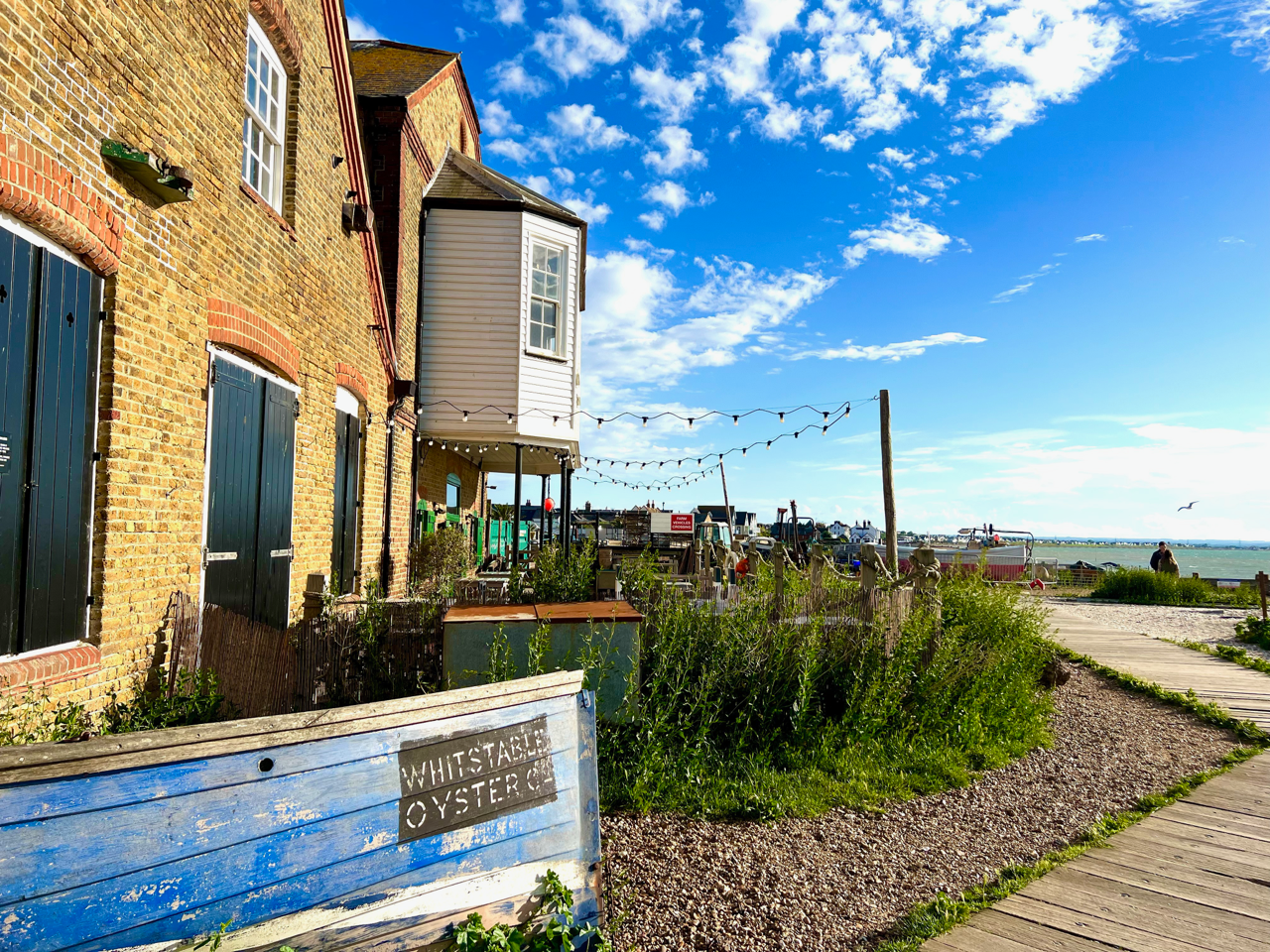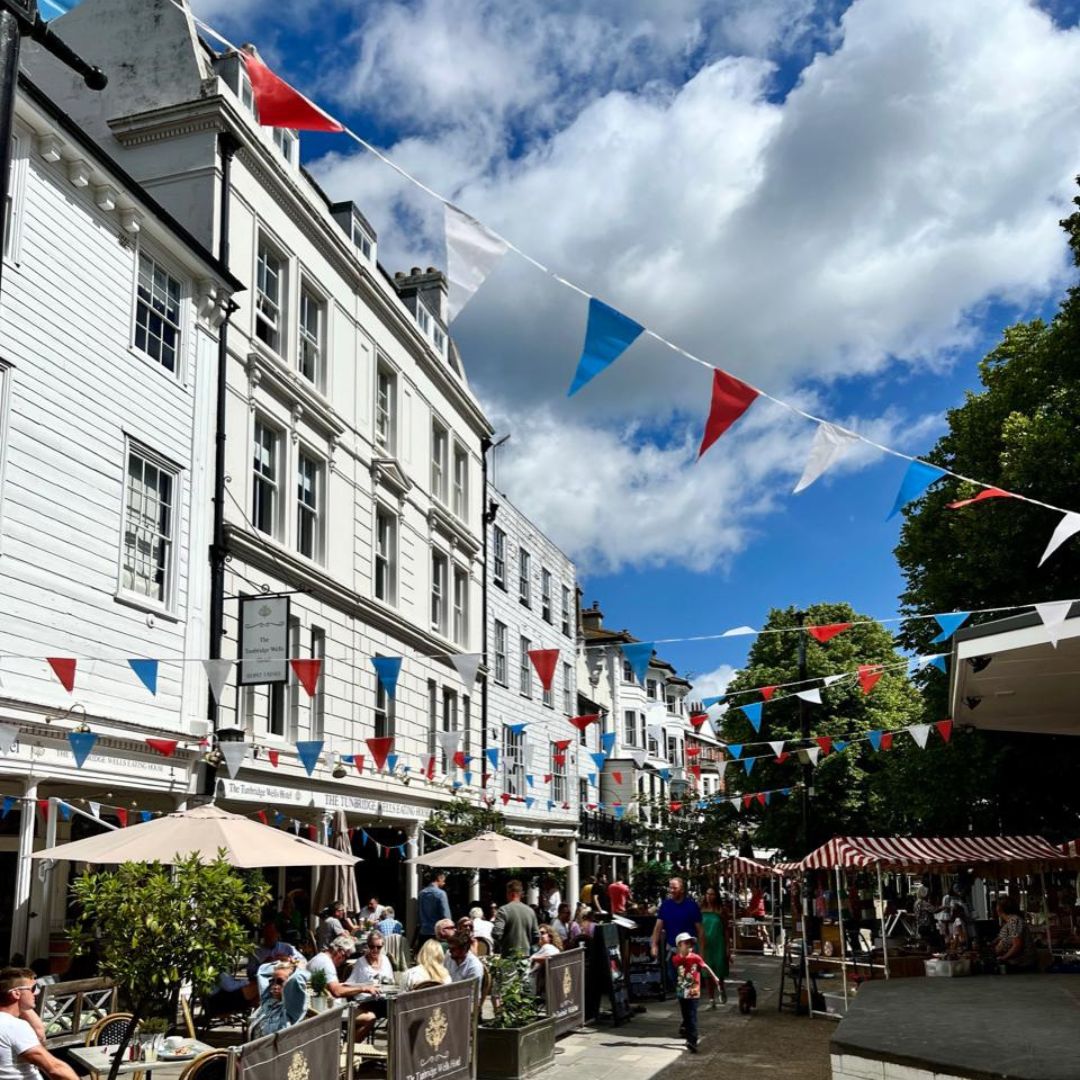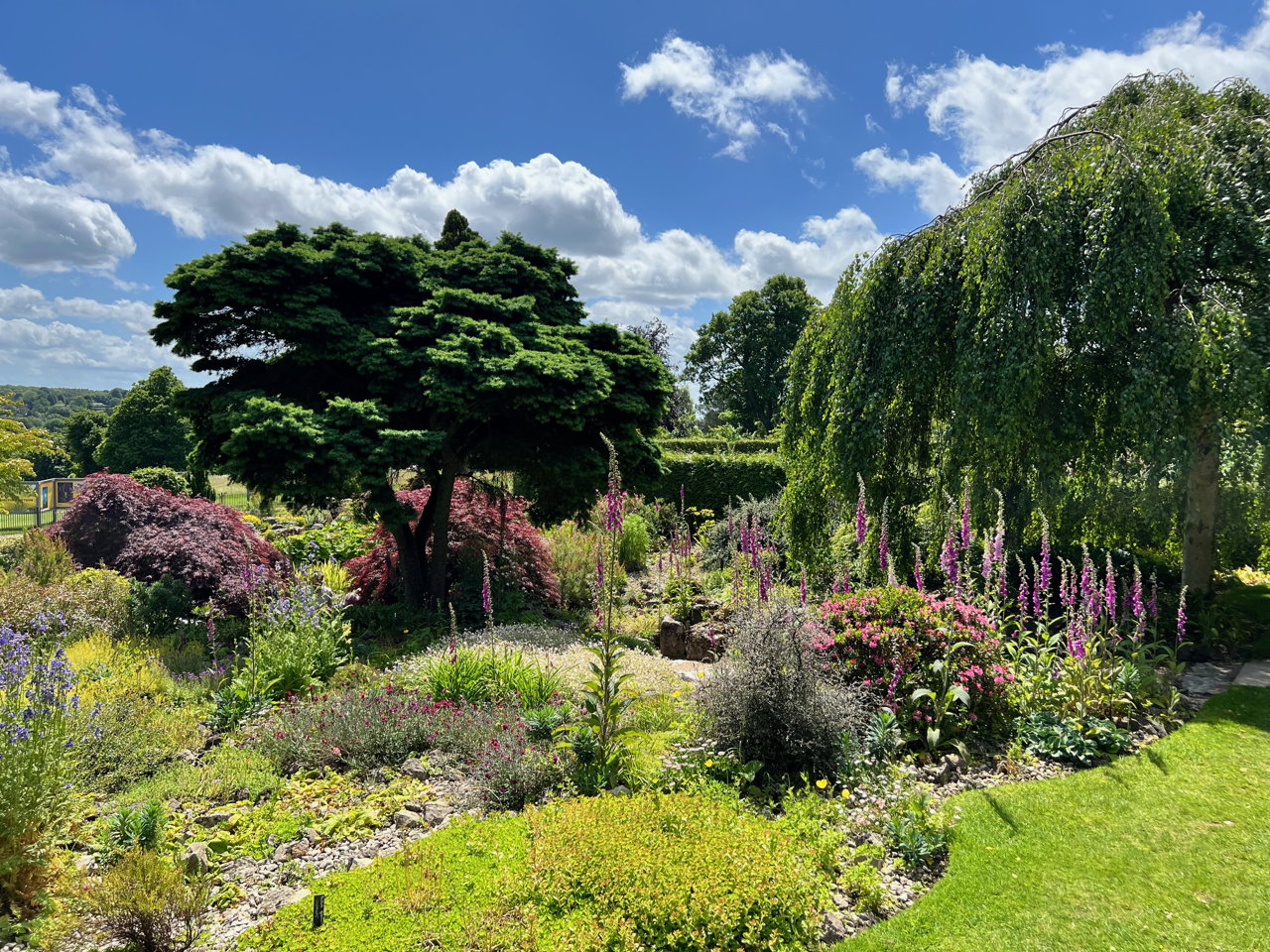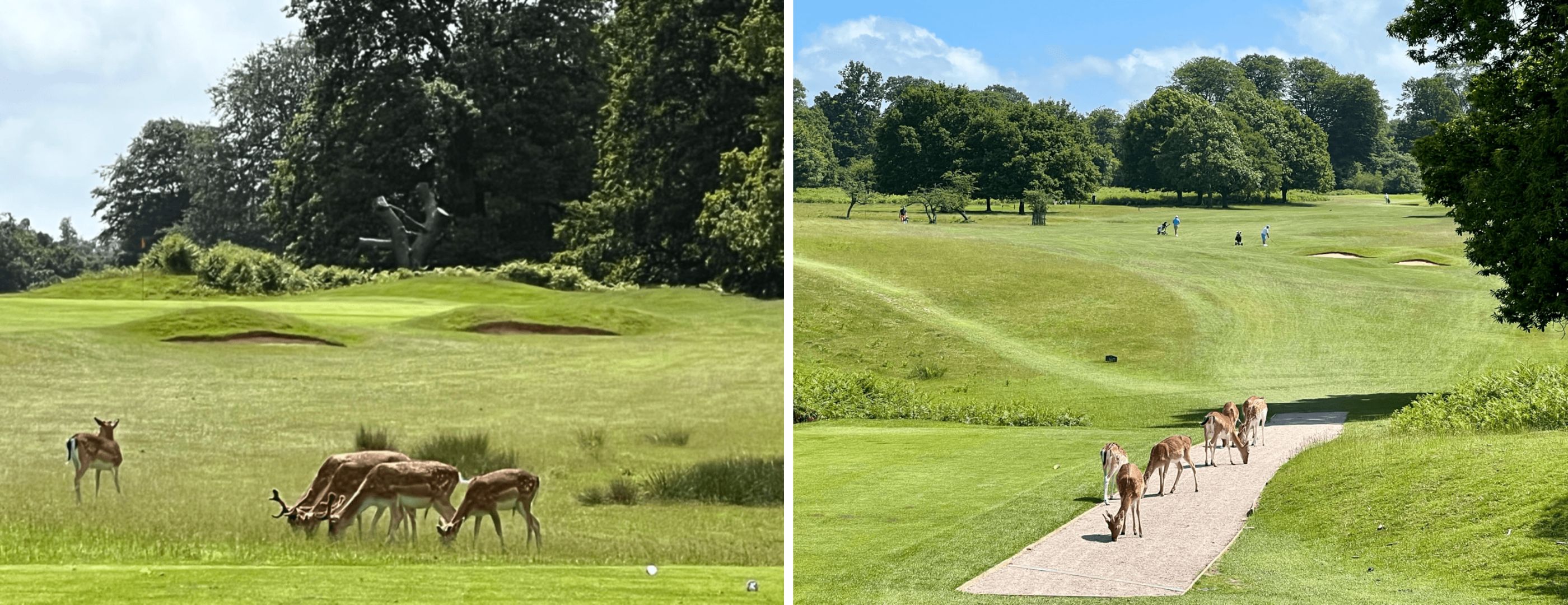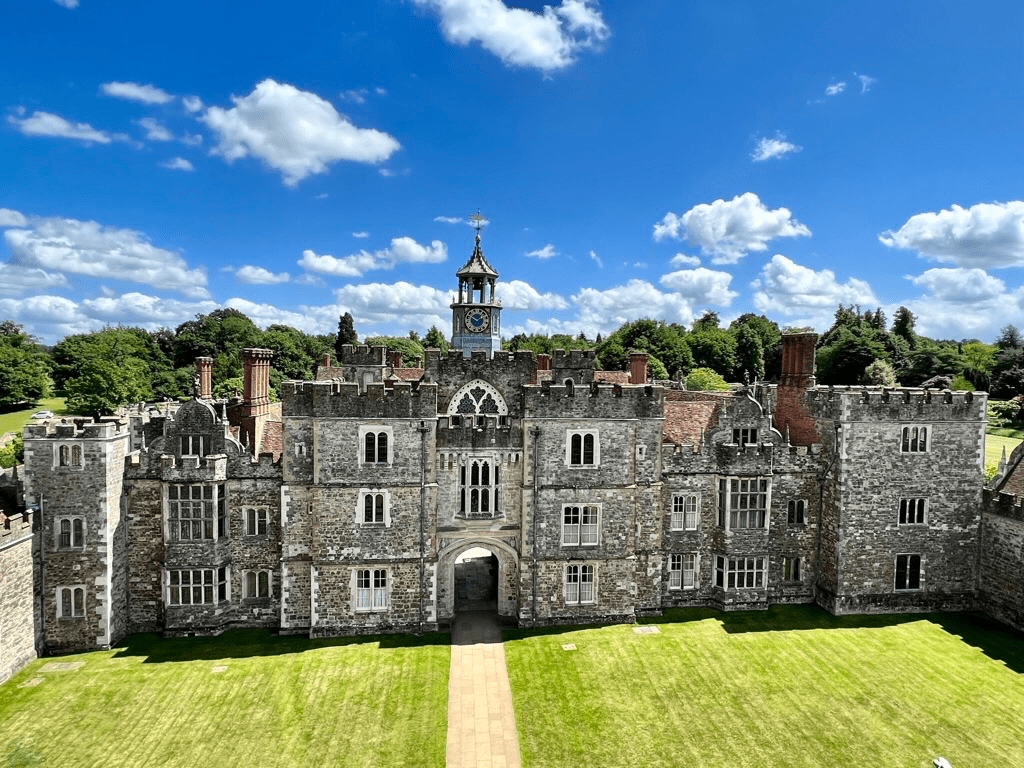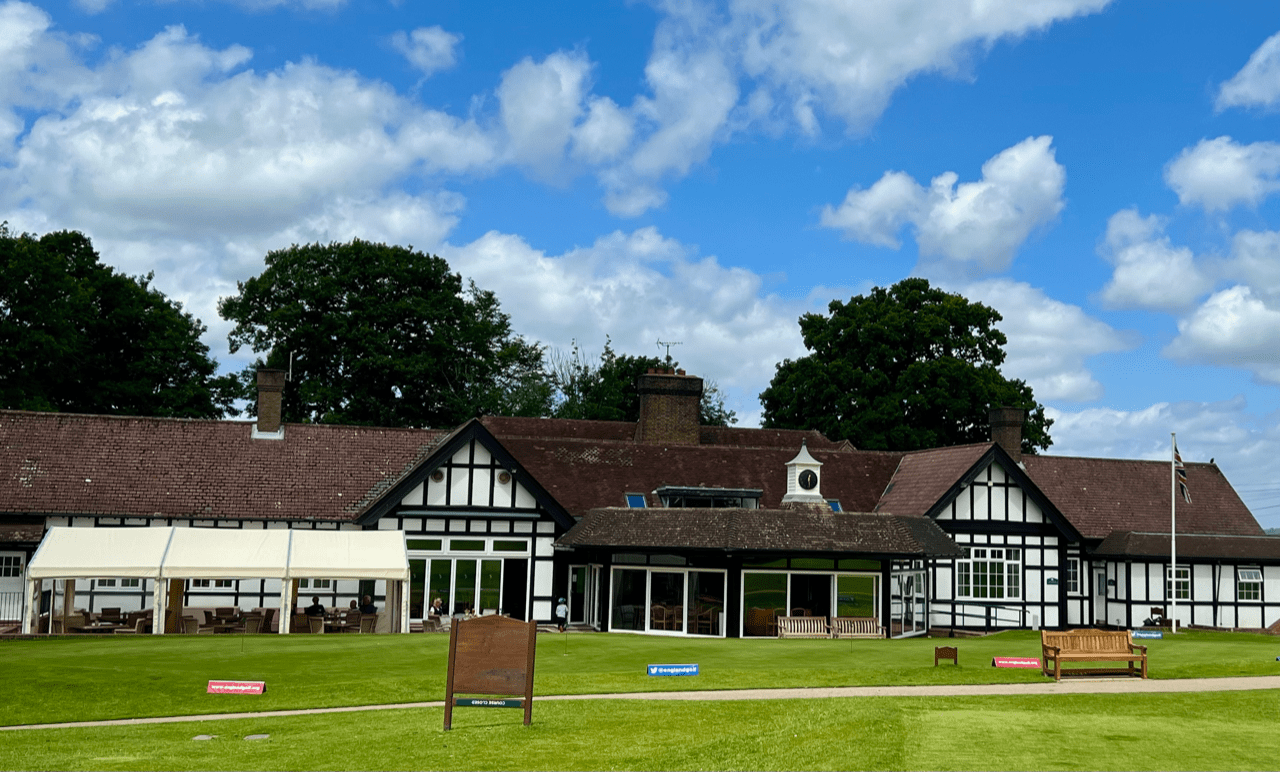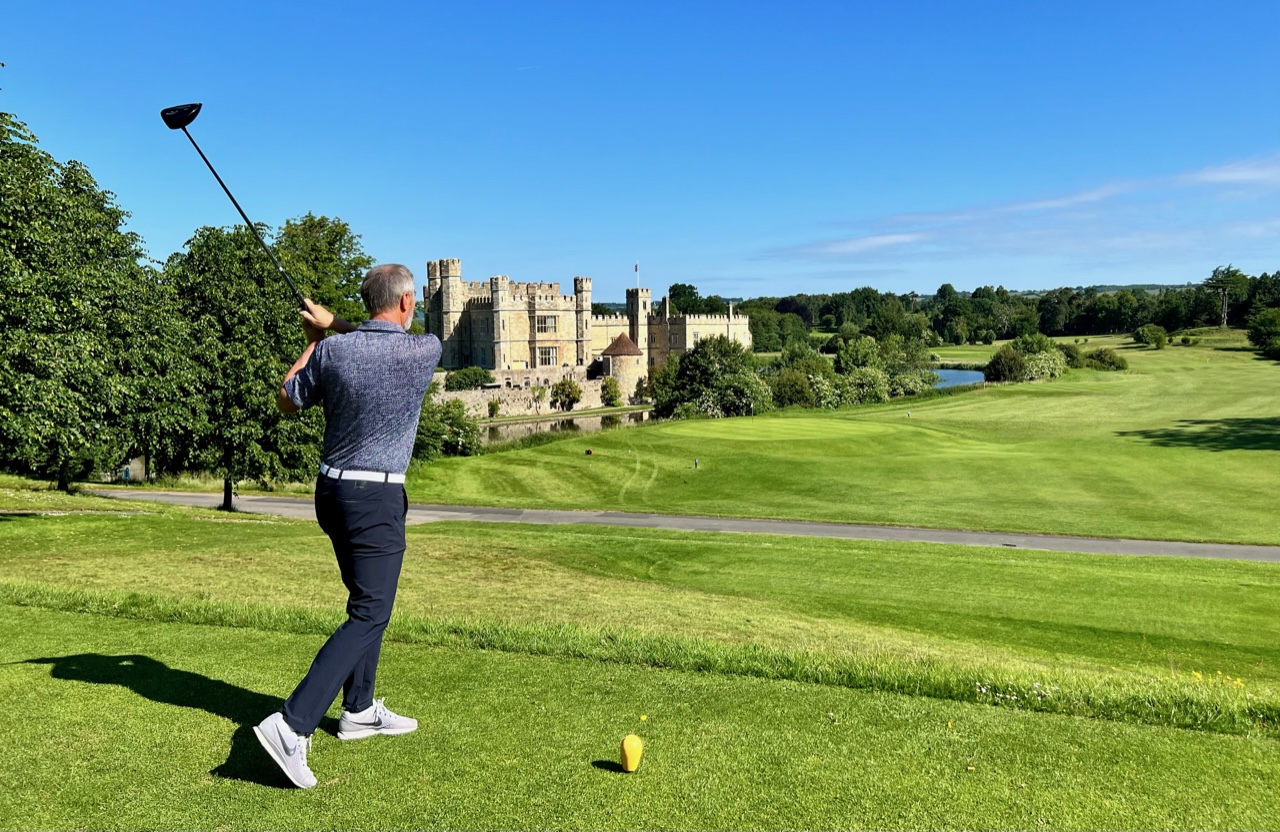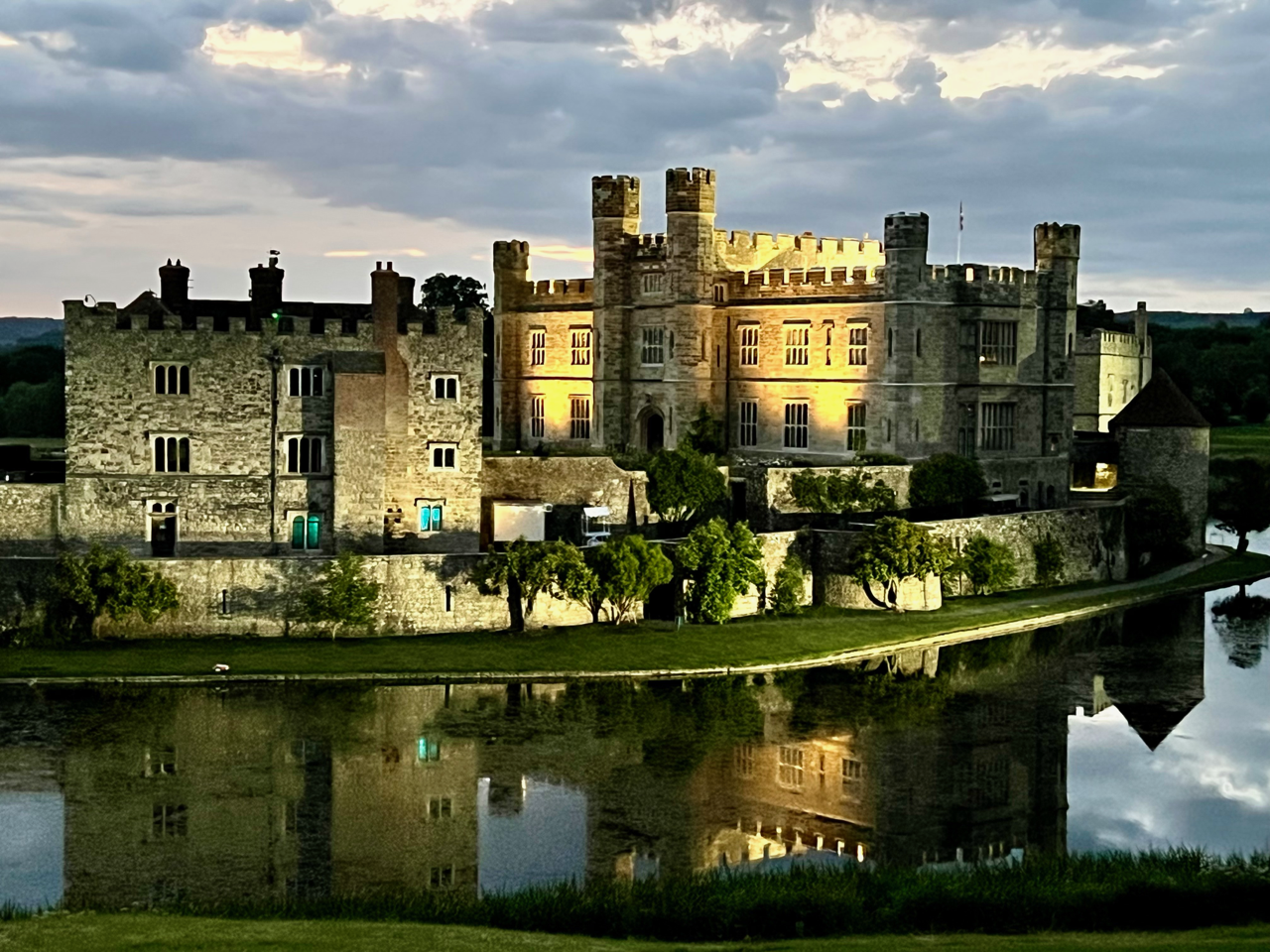The ‚Q‘ stands for uniqueness and highest quality
With 36 golf courses, the Algarve is one of the destinations with the highest golf course density in Europe. Three of them are located in the Quinta do Lago Resort, which beginnings date back to the early seventies. In five decades, a multitude of luxurious villas and flats, hotels, restaurants, an internationally recognised golf academy and a campus with a multi-sport facility have been built at this exclusive resort. Combining luxury with sustainability is not a contradiction here, but lived practice.
The resort extends over an area of 465 hectares, with a large lake, the Lago, in its middle. To the south, the resort borders on a nature reserve, the Ria Formosa Natural Park, from which you can reach the Atlantic Ocean with its golden-yellow, kilometre-long sandy beach via a wooden walkway.
Palm Springs sends its regards
It takes just twenty minutes by car from Faro airport to the Magnolia Boutique Hotel located at the the northern edge of the holiday oasis. The architecture and design of the main building, surrounded by palm trees, is reminiscent of Palm Springs in California. The pink lettering and the huge figure at the entrance already catch the eye during the day. They look even more striking when their neon lighting is visible from afar in the dark.

The other areas of the four-star hotel are also dominated by pastel colours and shapes of the well-known Mid-Century Modern Style.
Similar to a motel, you can park your car on one side of the buildings directly in front of the room’s entrances. A small terrace leads to the functional, modernly furnished rooms, which have the usual amenities. They are clean, the beds just as great as the extremely fluffy towels.The complex includes a couple of cottages, in matching colours, in complete tranquillity at the back of the premises. These are also very popular, as we can see during our visit. The U-17 team of the Portuguese national football team is staying here during the qualifying tournament for the European Championship 2023 and finds optimal training conditions in the resort’s sports campus.

The hotel’s heated outdoor pool, its spa & wellness centre and its tennis court provide plenty of variety.
We are also pleased by the hotel’s gastronomic offer. The breakfast buffet, the freshly squeezed orange juice and different á la carte options are the perfect start to our golf rounds. The quality of the evening menus follows on seamlessly from this. The Chicken Piri-Piri, famous for the region, is of course not to be missed.
There are a total of 12 restaurants in the resort. We especially like the Bovino, which is not only known for its great steaks, but also for its creative cocktails. The Asian-style OMAMI, which is our favourite both culinary and visually, presents itself in an unique way.

The Magnolia Hotel is within walking distance of the ‘Q’ roundabout and of two shopping centres. What takes some getting used to is the Christmas decorations at 24 degrees and bright sunshine.

All good things come in threes
The South, North and Naranjal golf courses belonging to the resort are among the best the Algarve has to offer. They occupy top positions in the relevant rankings.
They date back to the initiative of entrepreneur André Jordan, who founded QDL with the aim of developing a resort in the American country style. Just three years later, in 1974, the 18 holes of the South Course and 9 holes of the neighbouring North Course were opened. Their original designs are credited to the American William Mitchel, who designed more than 150 golf courses and brought tees, bunkers and greens to the Algarve according to American standards. The Naranjal Course was opened in 2009, designed by Portuguese architect Jorge Santana da Silva.
The courses have four and five different tees respectively, all with the same elegant obelisks with information about the holes.

Portugal’s flagship
The South Course quickly rose to fame, as the Portuguese Open was held on it for the first time in 1976. Seven more tournaments were held on it as part of the European PGA Tour until 2001, when it continued as the Algarve Open.
In 2020, the course was closed for more than a year and underwent an extensive redesign. With an investment of more than seven million euros, it was brought up to the latest standards, including a new irrigation and drainage system. Sustainability is the focus of all innovations. The fairways were sown with Bermuda hybrid grass, the bunkers were renovated and several holes were redesigned.
After the renovation, the 18-hole par 72 course with a length of 6,416 m from the black tees is now also suitable for long hitters. It is undoubtedly the gem of the golf triumphant and not only a feast for the eyes with its partly huge pine trees.
The fairways are mostly surrounded by tall trees, which are repeatedly interrupted by imposing villas. These, however, sit discreetly in the background. Level holes are a rarity. Most tee shots are either downhill or uphill.

Its state of maintenance is exceptional. The feel-good factor begins on the perfectly mown tee boxes and continues on the immaculate fairways, which run over sandy soil. The transitions to the asphalted paths are just as uncritical as the partly huge areas covered with wood chips between the courses or under the trees. The high quality of the bunkers and of the fast greens fits seamlessly into this assessment.

The course requires precise tee shots, because the less accurately hit ones quickly disappear in the not very high, but extremely dense rough. Or the balls come to rest on the well-kept areas with wood chips, from which further play is not easy. The highlights of the course are its last holes, when water comes into play. On the 15th, the tee shot from the elevated yellow tee is 166 m carry over the lake into an immaculate green. A large wooden bridge leads to it.

The green of the 16th ends in front of the lake with views to the Ria Formosa Natural Park and the tee shot of the 17th is also to be played over the lake.
Currently named Europe’s number one
In November 2022, the course was named not only the best Portuguese course, but also the best course in Europe at the World Golf Awards.
One clubhouse for both courses
The modern, spacious clubhouse is located in the middle of the resort. We can reach it from the hotel in a good five minutes. From its large terrace we have a great view over the entire first fairway of the South Course.

The well-equipped pro shop is where we register and get our score cards for the North and South Course. The new metallic painted and leatherette equipped buggies are of course equipped with GPS. We meet friendly and helpful staff in all areas.
Close to each other
The North Course, whose former name was Ria Formosa, has also been extensively rebuilt and redesigned. This was last done in 2014 by golf course architect Beau Welling in collaboration with former European Ryder Cup captain Paul McGinley, who also founded the resident Golf Academy. The investment volume was approximately nine million euros.
All tees, bunkers, greens and cart paths were renovated. In addition, the course received a new irrigation and drainage system that allows the water to be reused.
Its first tee is located just a stone’s throw from the clubhouse, opposite the 10th of the South course. The slightly hilly course runs through different areas of the resort. At 6,140 m from the back tees, it is the shortest of the three resort courses. Due to the sometimes quite long distances between the holes, a buggy is recommended. One leaves the course several times when crossing the streets of the resort. However, this does not dampen the enjoyment of playing it.The fairways offer ample approach opportunities and are often lined by umbrella pines whose crowns resemble broccoli heads. The greens are ondulated but play well.

Water only comes into play on two holes. Particularly memorable is the 12th, a 372 m long par 4, which winds as a dogleg to the green around a lake into a strongly ondulated green.

A special experience
Finally, we play the Naranjal Course, which is located two km east of the resort in a former orange grove in the Ludo Valley. In 2011, it won the ‘Best Course’ award at the Portuguese Travel Awards.As soon as we enter the tee box of the first hole, we understand why. We start shortly after sunrise, when the course, still virgin with dew, spreads out before us through the open, spacious grounds. The atmosphere is unique.

Unlike the other two courses, its fairways are not surrounded by buildings, but are harmoniously placed next to each other in the slightly hilly terrain. Only the outer boundaries have partly dense tree cover.
Its spectacular fairways are just as impressive as the five lakes, the harmoniously placed umbrella pines, cork oaks and orange trees. The greens are also impeccable.
Among its special features are the huge bunker landscapes that already come into play on the second hole, a par 3. Its tee shot is to be played deep into the green, which is protected on one side by abundant sand that leads directly into the lake.
With a length of 6,480 metres, the demanding course with its five par 5s, eight par 4s and five par 3s demands the utmost concentration and accuracy. Its layout inspires us just as much as its state of maintenance.

Offers that are hard to beat
The short drive from Faro to the hotel, the quick accessibility of all golf courses, their designs and well-kept conditions convinced us as well as the excellent hotel and gastronomic offers and the exceptionally high standard of care throughout the resort.
The Magnolia Hotel offers various extremely attractive packages. Or you can opt for the golf offer valid until the end of January 2023 to play the North or Naranjal Course for € 114,- including half a buggy.Golfer’s heart, what more could you want.


























































